A 1934 engineer’s plan fills in the Hudson River for traffic and housing
So how much would it cost?
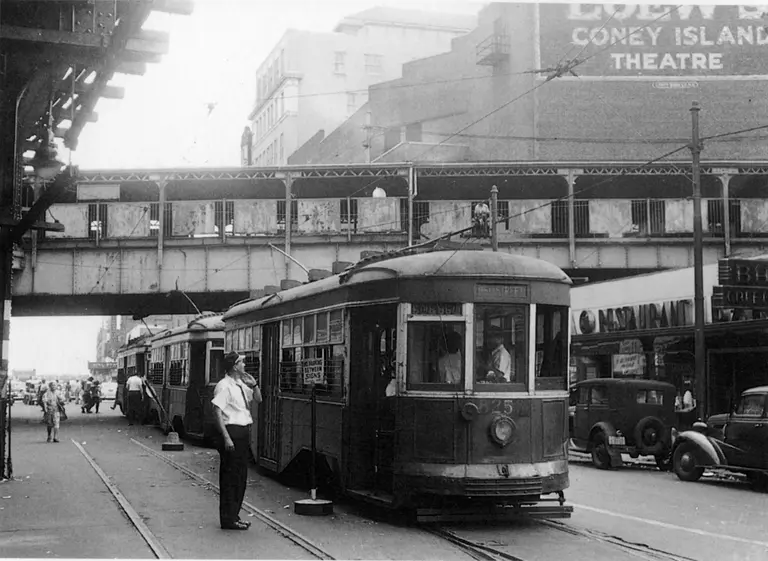
A Coney Island trolley, via Coney Island History
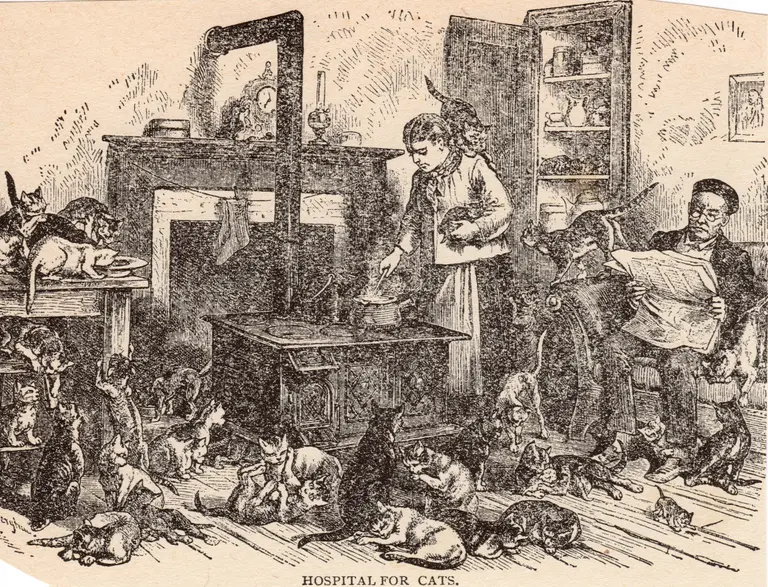
Image courtesy of New York by Gaslight via Ephemeral New York
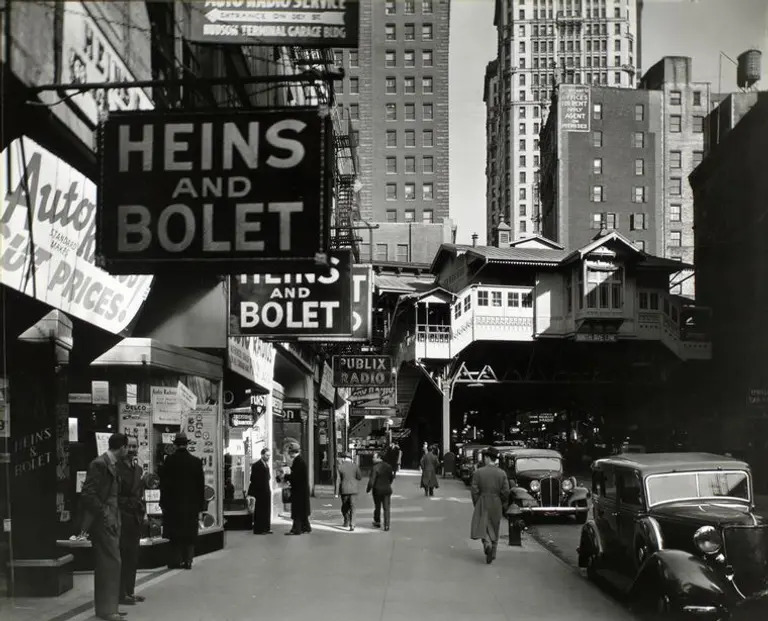
Radio Row, looking east along Cortlandt Street towards Greenwich Street, by Berenice Abbott Image via NYPL.
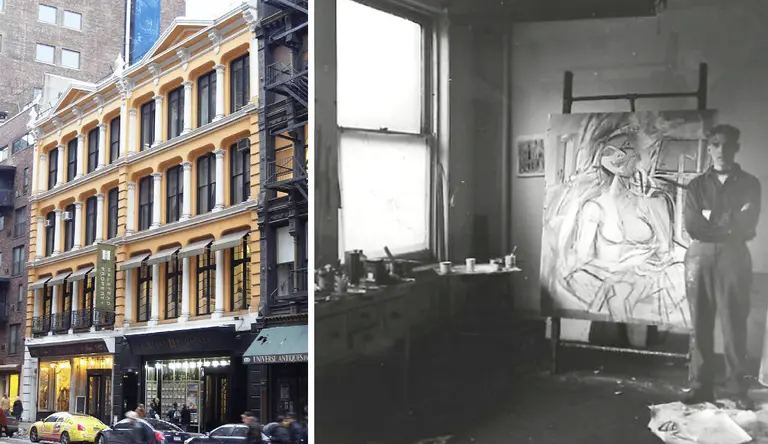
827-831 Broadway today via Wiki Commons (L); Willem de Kooning in his Fourth Avenue studio, April 1946. Harry Bowden, photographer. Harry Bowden papers, Archives of American Art, Smithsonian Institution.Via The Willem de Kooning Foundation. (R)
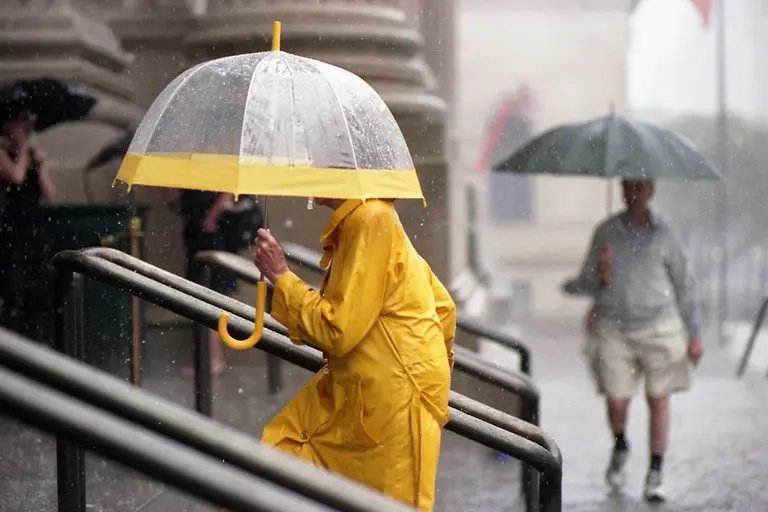
A rainy NYC day, photo courtesy of dalioPhoto on Flickr
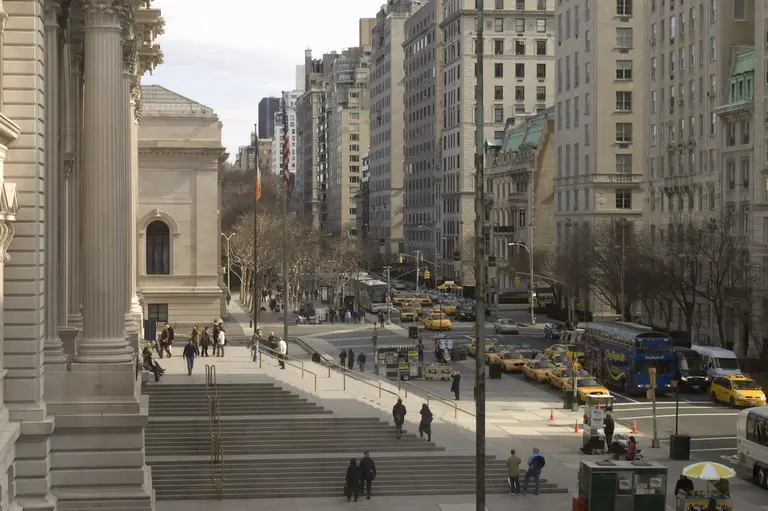
Fifth Avenue from the Metropolitan. Image: Wiki Commons.
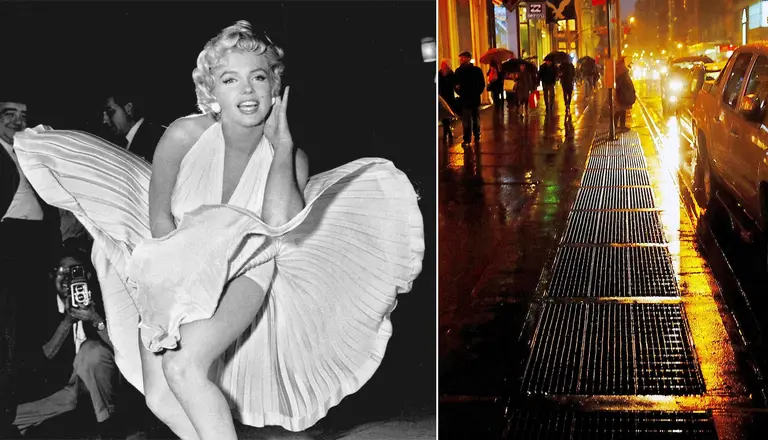
The iconic shot of Marilyn Monroe via Wikimedia; subway via Steven Pisano/flickr cc
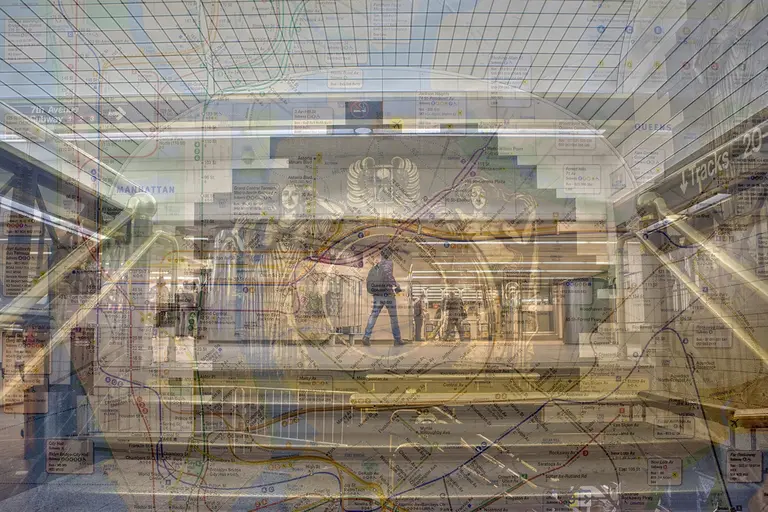
6sqft’s series The Urban Lens invites photographers to share work exploring a theme or a place within New York City. In this installment, photographer Zach Gross presents his series “Penn Station.” Are you a photographer who’d like to see your work featured on The Urban Lens? Get in touch with us at [email protected].
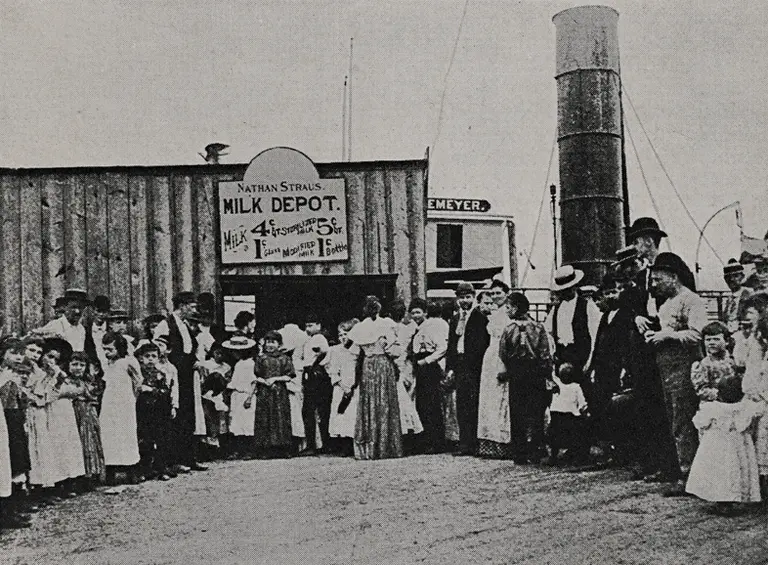
Nathan Straus’ First Milk Depot, opened in the summer of 1893, courtesy of the Augustus C. Long Health Sciences Library, Columbia University
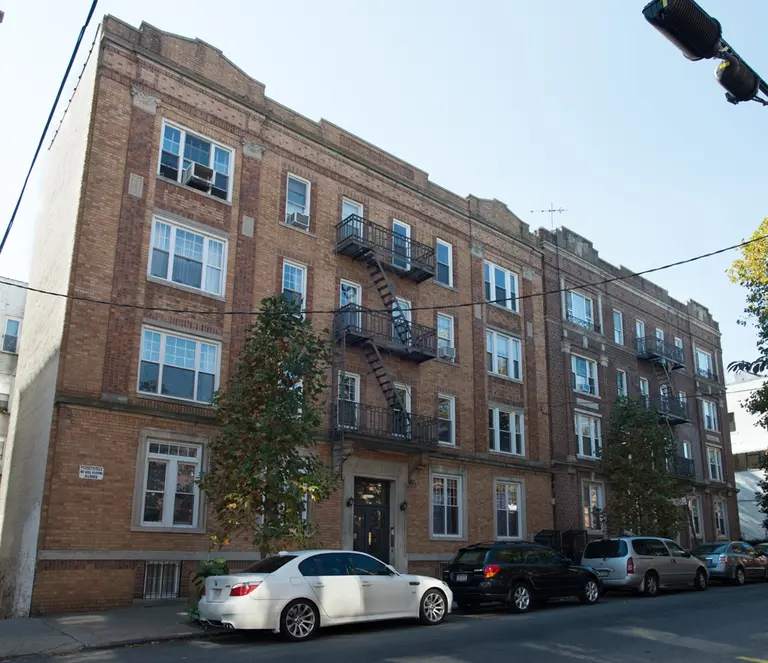
Streetview of Sunset Park’s Alku Toinen, photo courtesy of Lynn Massimo via HDC
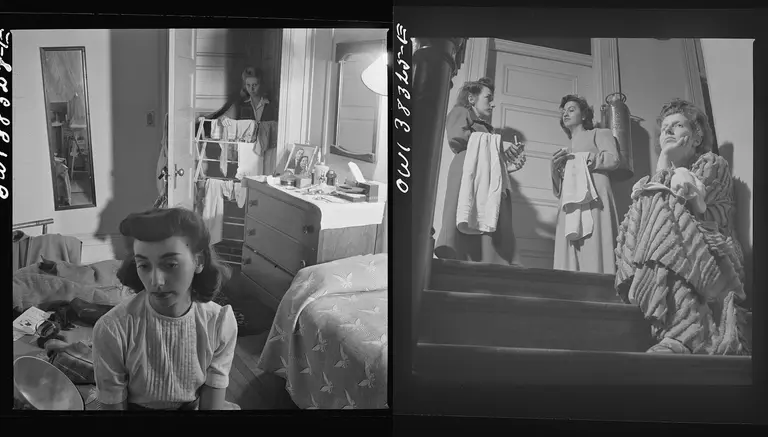
Images by Esther Bubley, 1943. Courtesy of the Esther Bubley Photo Archive

Häagen-Dazs’ store in the Bronx, via Yelp
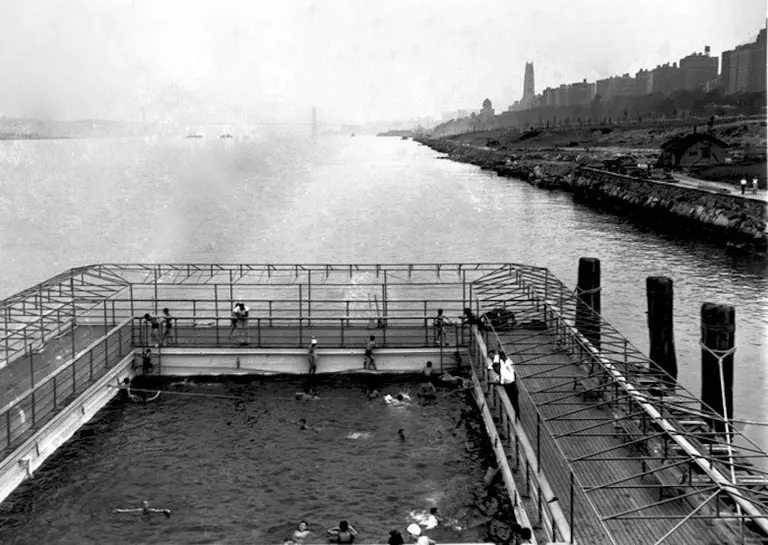
Early public floating bath. Image: New York City Department of Parks and Recreation.
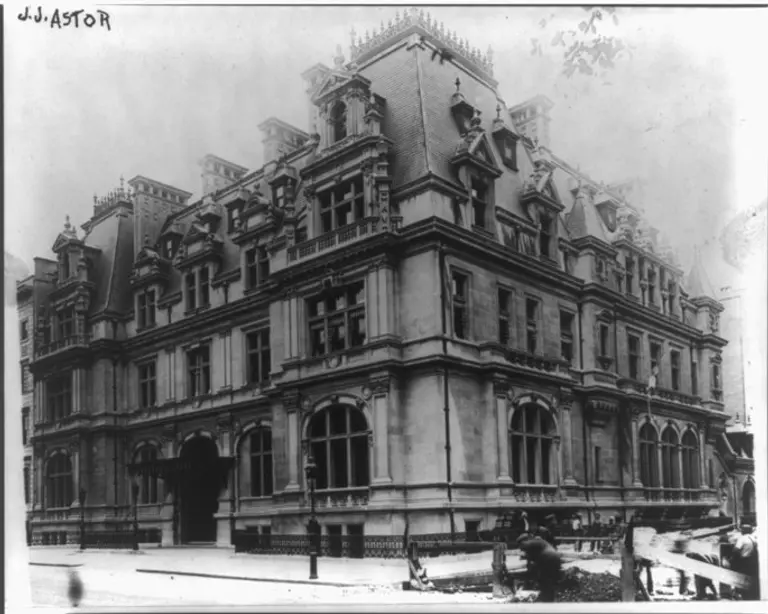
Mrs. Astor’s House on 65th Street and Fifth Avenue. Image via Library of Congress
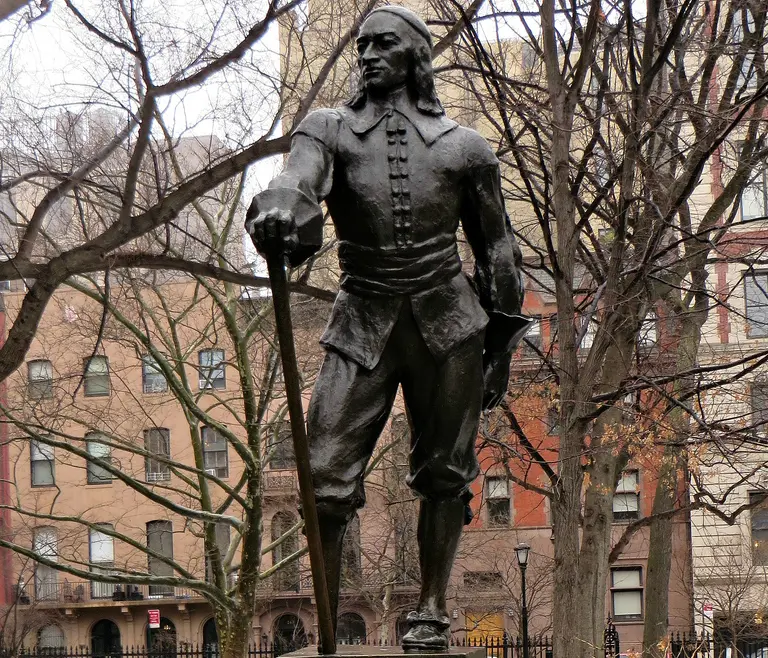
Monument to Peter Stuyvesant in Stuyvesant Square via edenpictures via photopin
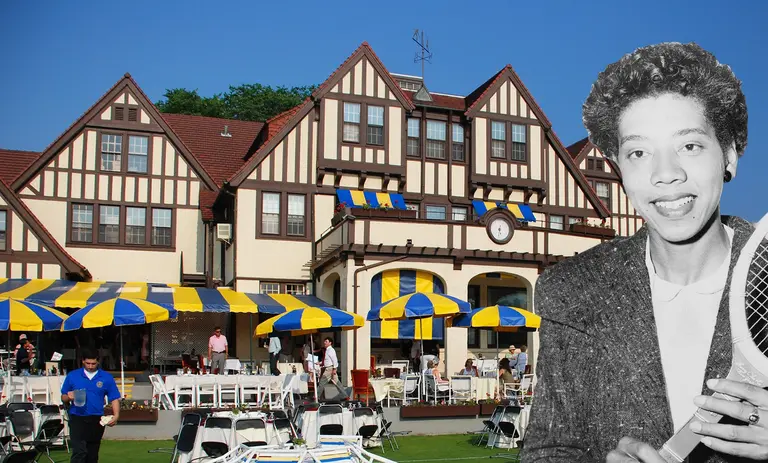
West Side Tennis Club via Joe Shlabotnik/Flickr; Althea Gibson via Wiki Commons
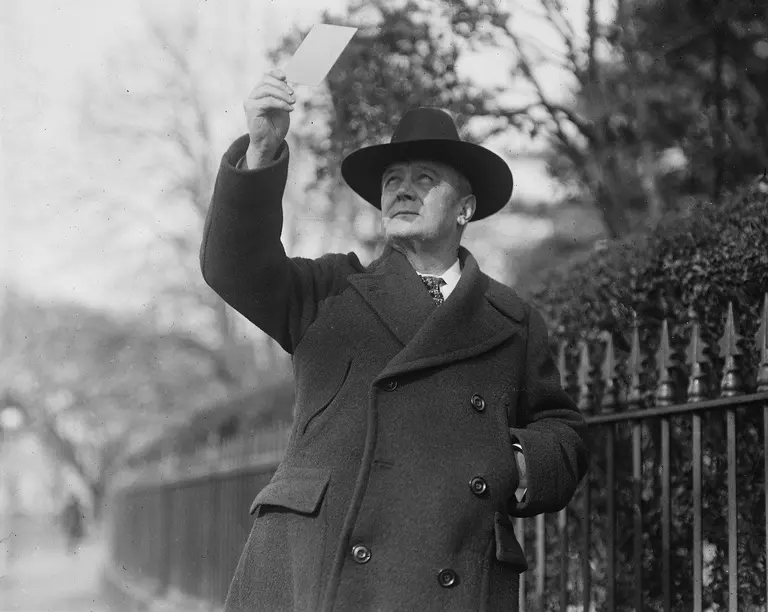
Postmaster General Harry Stewart New watches the solar eclipse of January 24, 1925, shielding his eyes with a photographic plate. Image: Wikimedia commons

Image via Pexels
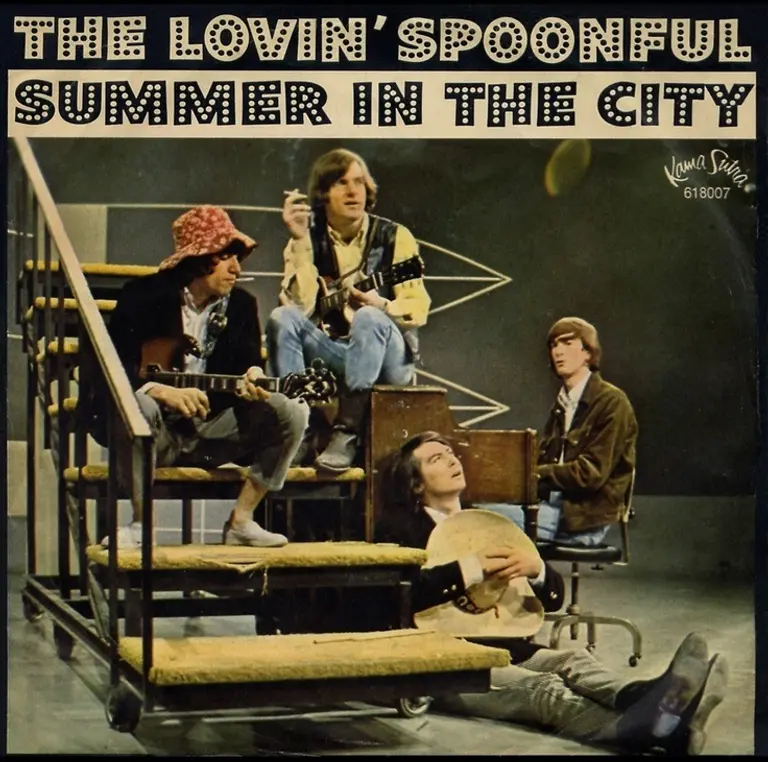
Image via Wiki Commons